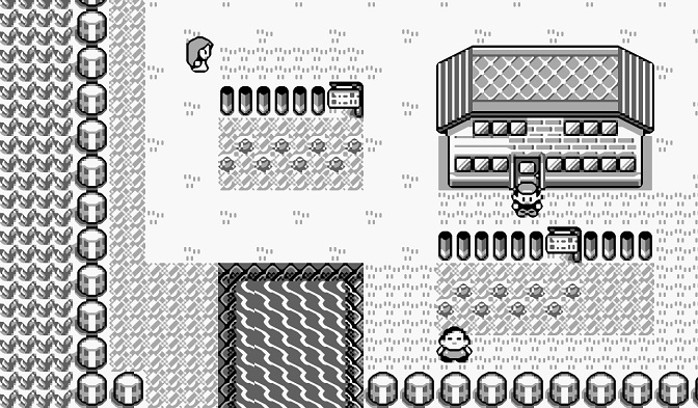Tag Turn Based Combat System
Turn-based Battle Systems - Chapter 2 - Analytical Analysis

Hello everybody! It is time to continue with our series on Pokemon-like battle systems. In this chapter I will be more general: now we have our beautiful damage formula and a draft of our characters sheet, it is time to quickly check if the game the formula is balanced. There are a lot of questions that we want to answer as quick as possible. How much HP the enemy must have? What is a good value for the attack power? Is the damage formula fair enough? The critical strike is too much? The randomness is too much? Is it fun?
Except for the last question, we can try to answer them just looking at the damage formula. Obviously we can not answer all the questions now, but if there is some evident mistake, we will be able to catch it as soon as possible. There are several ways to analyse the tuning and balancing problem for a damage formula (and thus for a large part of the combat system): analytically, with Google Sheet/Excel, and with a quick software prototype.
In this article we will start from the first step: the analytical analysis.
How to design a Pokémon-like Combat System

The Combat System is one of the main gameplay element in a game. Of course there are a lot of games without “combat”: puzzles, simulation games, driving games and so on. However (and you know this in the depths of your soul) that your game must have an amazing combat system because we LOVE beating the crap out of our enemies! Other games mechanics are good, but a good fight can be AMAZING.
There are several ways to implement a combat system but, at the end of the day, we can divide the heterogeneous world of combat systems into two big clusters: real time combat systems and turn-based combat systems. The first are exciting but they rapidly becomes hard to implement. We will need to do a lot of animations, tuning collision boxes and tons of graphical stuff. If you are a poor programmer like me, you cannot do that (sad face :<).
With turn-based combat system, instead, you can do the most complex things you can image! You can take into account hundreds of variables and statistics, create complex strategic combinations, evocations, magic, everything. You can use dice, cards, tokens, everything in order to emulate an epic combat between a dragon and drunk dwarf with a wooden leg. Because turn based combat systems are an explicit abstraction of a real combat, the player can absorb without complaining a bigger level abstraction. The same cannot be said for a real-time combat system in which just an ugly animation can be labeled as “ugly designed and sluggish combat” and provide frustration to the player.
So we are going to implement a turn-based combat system! But how? Well, this obviously depends on which type of turn-based combat system you want to do. For now, we will try to do a replica of the first turn-based game I’ve ever played: the Pokemon Combat System!
This is a nice combat system to replicate as a tutorial because is not too complex (especially in Gen. 1 or 2), but contains several tricky points that we need to handle! We will explore the design and the implementation of this combat system in details. We will see how to design the combat system, how to do a first balancing and test on paper, and every implementation step! So let’s start!
